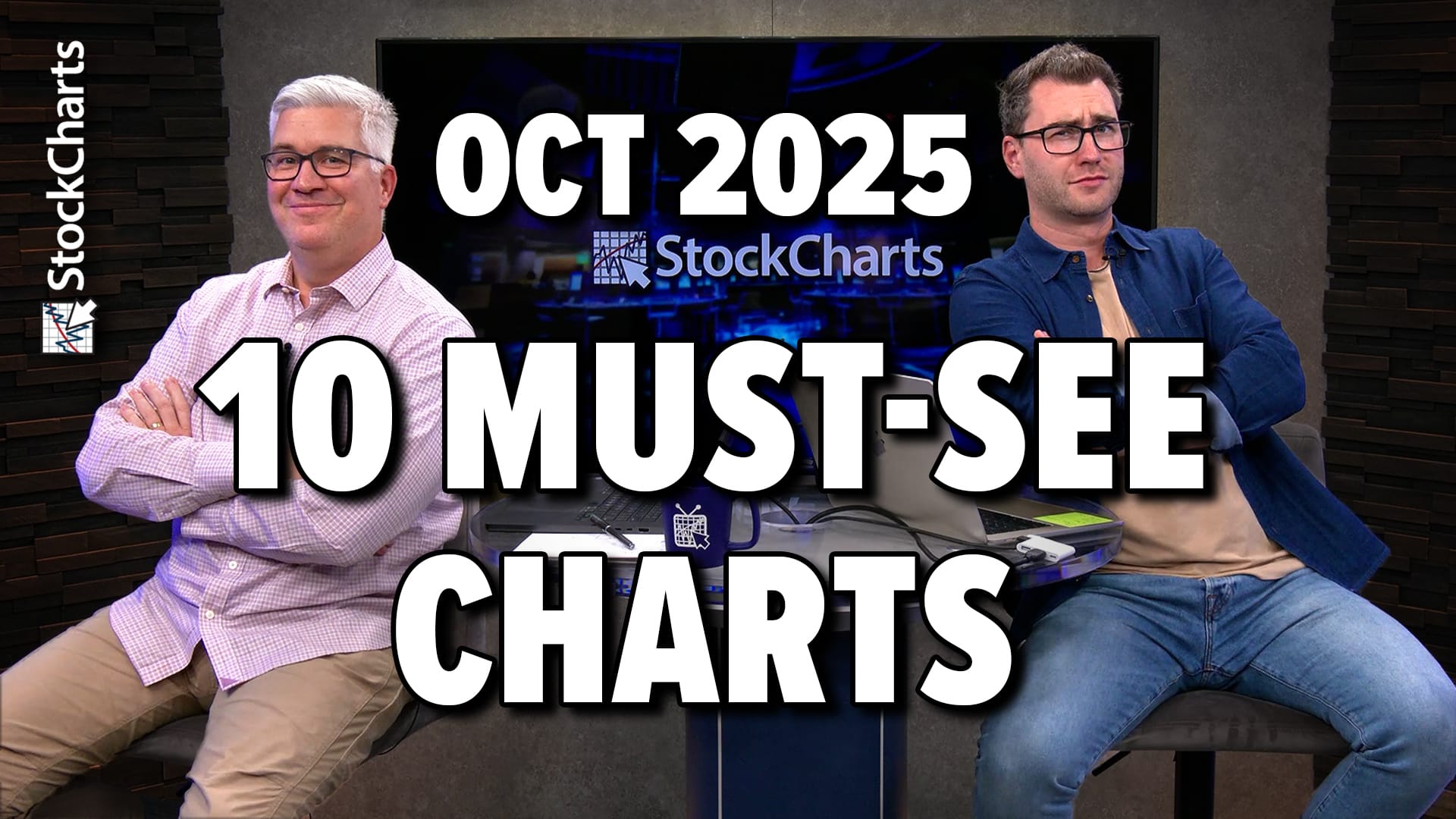DROP IN OIL AND RISE IN SOX BOOSTS MARKET -- AIRLINES LEAD TRANSPORTS HIGHER -- RISING RATES HURTS UTILITIES
DROP IN OIL HURTS OSX -- SOX IS RETESTING 200-DAY LINE ... The market is reacting very positively to today's big drop in the price of crude. As a result, Energy is one of the few sectors in the red today (along with Utilities. More on the utility selling later). But there are some other positive sector developments going on a little more beneath the surface. I'm referring to today's better than 2% gain in semiconductors. A review of the sector ETFs shows semiconductors to be the day's strongest group -- and oil service the weakest. I've discussed in the past why that's good for the market. Let's take another look at why. Chart 1 shows today's selling in the Oil Service Holders (OIH). Notice in particular the drop in its relative strength line (measured against the S&P 500). Although no long-term damage is being done to the oil service group, there's clearly some short-term selling going on. And that's what the market is reacting to. Chart 2 shows the Semiconductor (SOX) Index retesting its 200-day average. A decisive close above the 200-day line would give a boost to the chip group, technology, and the rest of the market. Its relative strength line has also stayed over its 20 day average.

Chart 1

Chart 2
SOX/OSX RATIO IS STILL RISING ... In mid-October, I posted a study of the OSX/SOX ratio and suggested that the ratio was bottoming. (October 12, 2004). In that earlier update, I showed the following chart which is a ratio of the Semiconductor (SOX) Index divided by the Oil Service (OSX) Index. The point of the chart was to show that "The SOX/OSX ratio was oversold and in chart support". I pointed out at the time that a strong SOX/OSX ratio was not only good for the chip sector, but for the market in general. That's because a chip rally is good for technology. And the market does better when technology is showing relative strength. It also does better when energy is showing relative weakness. The bottom in the ratio in October 2002 signaled a market bottom. The ratio peak near the end of 2003 warned of a market top. The recent upturn in the ratio has helped spark the current market rally. That's why today's jump in the ratio is giving a big boost to the market.

Chart 3

Chart 4
SOX/OSX RATIO BOUNCES OFF 50-DAY LNE ... Back on October 12, I wrote that a move in the ratio over the 50-day average would be a positive development for the chips and the market. As the above chart shows, the ratio climbed over its 50-day line a couple of weeks later (October 27) and has stayed above it. Today's jump in the ratio represents a successful retest of that 50-day average which is now a support line. In my opinion, therefore, the sell off in energy is only half of the story behind today's market advance. The jump in the chips is also a big part of the story.
AIRLINES BENEFIT FROM FALLING OIL ... One of the most fuel-sensitive part of the market are the airlines. It's not surprising then to see the airlines turning in one the day's strongest performances. Chart 5 shows the Airlines Index (XAL) moving up to challenge its summer peak. A close over that barrier would be another positive sign for the group. In late October (October 28, 2004), I wrote about the new strength in the airlines group coinciding with the peak in oil prices. The October peak in crude helped launch the airline rally. Not only did the Airline Index start to rise on an absolute basis, but its relative strength turned up as well. I also observed on October 28 that the newfound airline strength would help the transportation sector and the market in general. So far it has.

Chart 5
ROTATION FROM UTILITIES TO TRANSPORTS... Transportation stocks are one of the day's strongest groups with the Dow Transportation Average hitting a new 52-week high. A lot of today's strength is coming from the airlines. At the same time, the Dow Utilities are one of the few groups in the red. I suspect part of the selling in utilities is the result of the recent jump in bond yields to the highest level in three months. The Utility Average has broken an initial support level, and its RS line has turned down. That recent rotation out of the utilities and into the transports can be seen more clearly in the Transport/Utility ratio plotted in Chart 8.

Chart 6

Chart 7

Chart 8
TRANSPORT/UTILITY RATIO BREAKS OUT ... From mid-year to this month, the two averages moved up pretty much in tandem. The July peak in the ratio, however, suggested that utilities had a slight edge over the transports during the second half of this year. Another drop in the ratio over the last month also showed investor preference for the more defensive utilities. That's now changed. Today the ratio line has jumped to the highest level for the year, which shows a clear preference for the more cyclical transportation stocks over the more rate-sensitive utilities. I also take that as a sign that the recent jump in bond yields is causing some rotation out of bonds and into stocks. That's why I recently suggested that the jump in bond yields could have a "short-term" positive influence on stocks.













